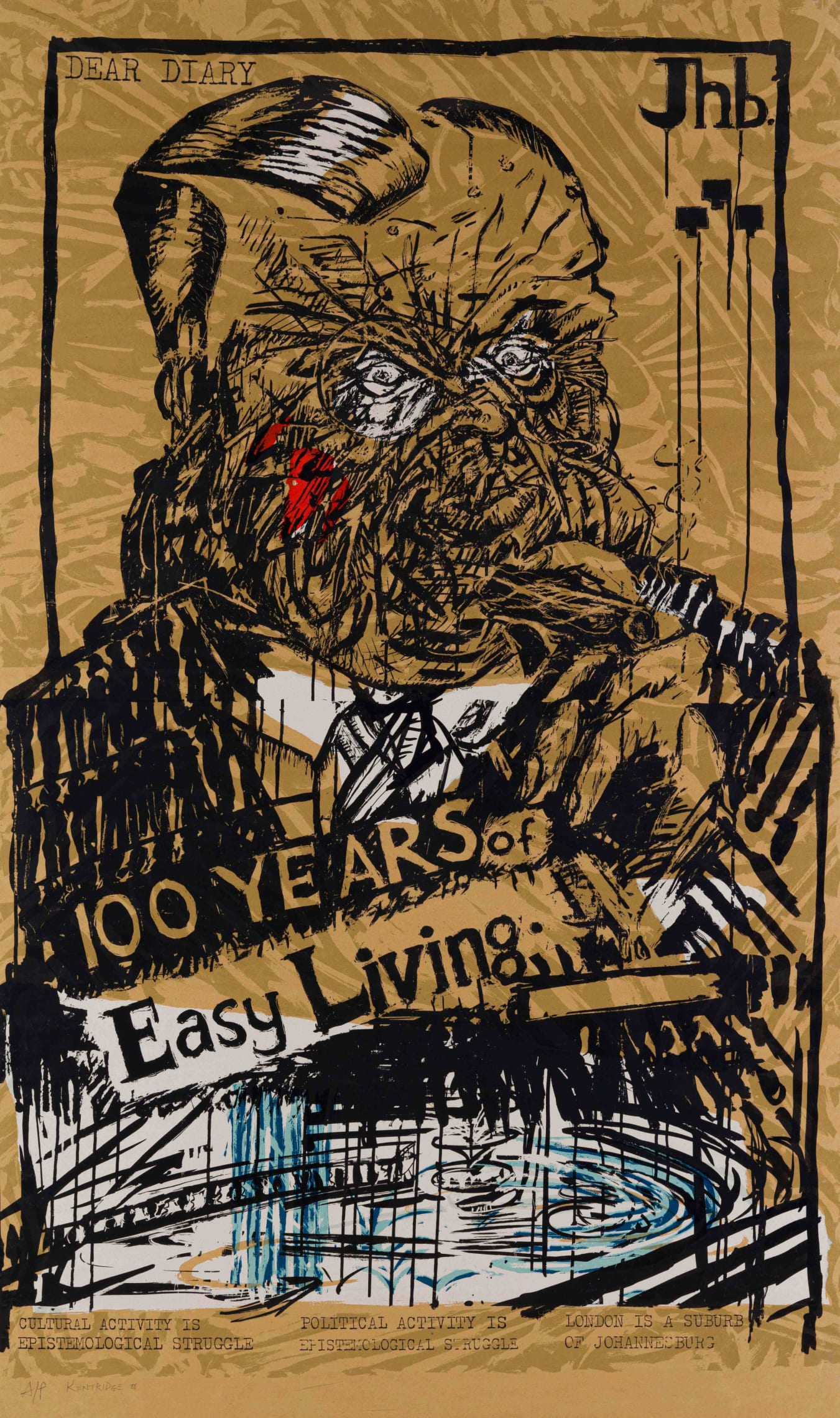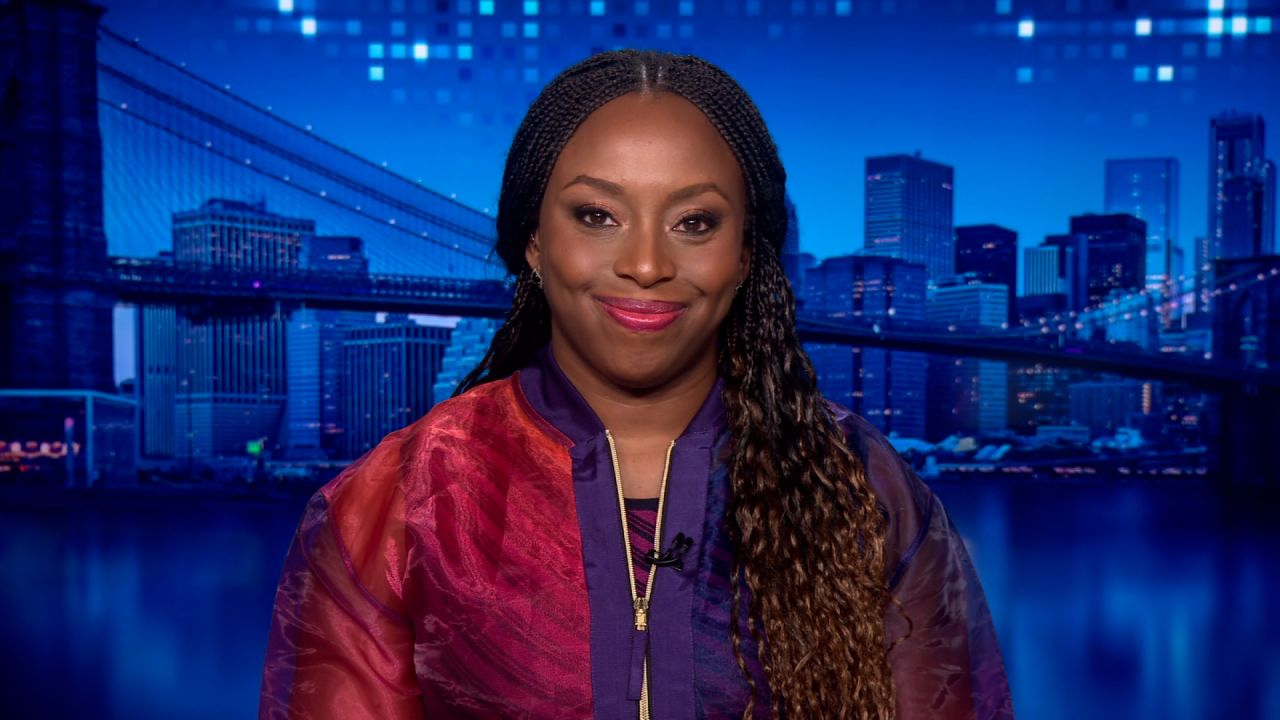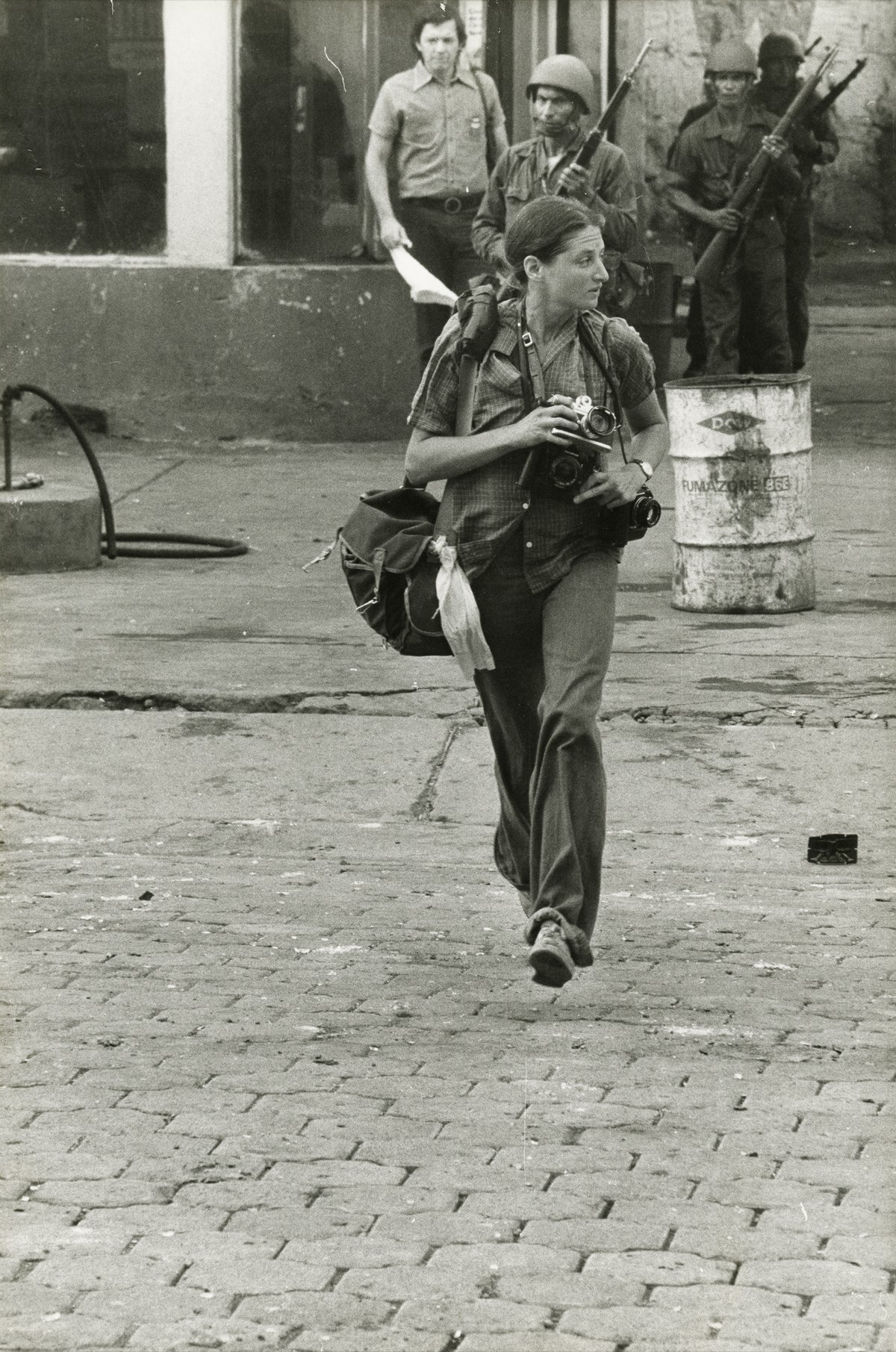
Art in a State of Siege: Exploring Turbulent Times
admin
- 0
“Art in a State of Siege” represents a poignant exploration of the intricate relationship between creativity and political turmoil. In Joseph Koerner’s insightful examination, he delves into the works of renowned artists such as Hieronymus Bosch and Max Beckmann, unraveling how their art reflects the chaos of their times. Political unrest in art not only captures the essence of the artists’ struggles but also serves as a mirror for society, presenting art as omen during crises. By analyzing pieces like Beckmann’s haunting self-portrait, Koerner reveals art’s dual role: as both a critique of oppressive regimes and a beacon of hope in despair. This multifaceted dialogue between art and politics compels viewers to reconsider the narratives that shape our understanding of history and the creative spirit.
In the realm of creativity amidst conflict, “Art in a State of Siege” becomes a lens through which we can examine the profound connections between artistic expression and societal strife. Joseph Koerner’s book sheds light on the dynamic interplay of creation and chaos, emphasizing how artworks often emerge as powerful commentaries during turbulent periods. When artists like Hieronymus Bosch and Max Beckmann grapple with political unrest, their works transform into symbols of resistance and reflection. This exploration of art as an omen not only captures the spirit of an era but also engages contemporary audiences with the ongoing dialogues surrounding art and its political implications. Ultimately, it invites us to ponder how narratives are shaped by both the artists and their tumultuous environments.
The Intersection of Art and Politics
Art has always been a mirror reflecting the sociopolitical climate of its time. Throughout history, artists like Hieronymus Bosch and Max Beckmann have responded to political unrest through their works. Bosch’s intricate depictions of sin and chaos resonate with the tumultuous nature of medieval Europe, cleverly embedding reflections of societal fears and moral dilemmas into his art. Similarly, Beckmann’s self-portraits during post-WWI Germany capture a moment of uncertainty as parliamentary democracy falters, revealing how the political landscape heavily influences artistic expression.
Furthermore, art serves as a commentary on political dynamics, often portraying the struggles of the oppressed. In times of upheaval, artworks become potent symbols of resistance and resilience. For example, through his bold strokes, Beckmann illustrates not just the chaos of his era, but also the artist’s role in shaping and challenging the status quo. The often tumultuous relationship between art and politics highlights art’s power as both an omen and a protest, reminding us of its significance in understanding historical and contemporary struggles.
Art in a State of Siege: Historical Perspectives
The concept of ‘Art in a State of Siege’ explores how artists have historically depicted their urgent environments amidst turmoil. Joseph Koerner’s examination of Hieronymus Bosch’s ‘The Garden of Earthly Delights’ illustrates how the artist responded to the siege mentality of his era. In this triptych, Bosch doesn’t just portray paradise and damnation, but rather encapsulates the anxieties of a society under siege by sin and external threats. These images resonate with viewers, inviting them to project their own fears and interpretations on Bosch’s chaotic and thought-provoking scenes.
Koerner further argues that during times of political strife, an artist’s work can serve as both a warning and a point of reflection. As nations grapple with internal conflicts and distrust, art holds the potential to act as a guide—a cipher for navigating the complexities of existence. The notion of siege in the context of art extends beyond the canvas; it beckons us to consider how artistic narratives can illuminate the collective psyche of society grappling with unrest and despondence.
Hieronymus Bosch: Artistic Visions of Power and Peril
Hieronymus Bosch’s works are steeped in symbolism that critiques the power dynamics of his time. In his compelling narratives, Bosch introduces themes of moral decay and societal fears, effectively placing the viewer in a dialogue with the art. His ‘Garden of Earthly Delights’ poses a fascinating question about the nature of humanity’s choices amid chaos, representing the tension between temptation and sin. Such portrayals are not merely reflections of the past but resonate profoundly with contemporary audiences facing their own crises.
Moreover, Bosch’s intricate details often hint at the lurking presence of oppression—whether through the specter of religious conflict or societal disparities. His art serves as a precursor to exploring how contemporary issues in art engage similarly with themes of political unrest. Bosch’s foresight provides illuminating insights into how art functions as a bellwether for societal anxieties, continuing to engage viewers across centuries as they confront their dilemmas.
Max Beckmann and Art as a Political Commentator
Max Beckmann’s self-portrait ‘Self-Portrait in Tuxedo’ stands as a testament to the resilience of the artist amid chaotic times. Created during the Struggle of post-WWI Germany, Beckmann’s work encapsulates both personal introspection and broader sociopolitical critiques. His direct gaze and confident posture invite the viewer to engage with the artist’s inner resolve against the tumultuous backdrop of his time, reflecting the duality of art as both personal expression and political statement.
By situating himself within the sociopolitical upheaval, Beckmann reminds us of the artist’s role as both an observer and participant in their historical moment. The narrative around ‘degenerate art’ curated by the Nazis exemplifies the vulnerability of artistic expression under political regimes. Beckmann’s work symbolizes not just individual artistic struggle but a broader commentary on the capacity of art to reflect and resist the pervasive censorship that arises in states of siege.
Political Unrest in Art: A Reflection of Society
Art has long served as a vehicle to illustrate societal struggles, especially during times of political unrest. Artists like Bosch and Beckmann provide us with a visual language that documents the tension of their eras. Their creations become canvases bearing witness to the anxieties and aspirations rooted in the human experience. By exploring themes of chaos, sin, and moral ambiguity, these artists engage with the complexities of their societies, allowing viewers to confront their historical trajectories.
In periods of upheaval, art transcends its aesthetic role to become a powerful form of political commentary. As artists navigate the challenges of their time, their works invite dialogue and reflection on the socio-political landscape. This transformation of art into a medium for social critique reaffirms its relevance, preserving the narratives of those who find themselves in the crosshairs of political strife. Art ultimately emerges as both a reaction to oppression and a beacon of hope—a universal testament to the endurance of the human spirit.
Art as Omen: Understanding Cultural Predictions
The notion of art as an omen stems from the idea that creative expressions often foreshadow societal trends and conflicts. Artists like Bosch, through their reactionary works, capture the zeitgeist of their time, revealing the collective fears and aspirations of their societies. For instance, Bosch’s elaborate portrayals of moral dilemmas resonate with viewers who perceive echoes of their own cultural struggles, prompting reflections on the potential outcomes of humanity’s choices.
Moreover, Koerner’s articulation of viewing artworks as prophetic offers a lens to analyze historical and contemporary occurrences. As tensions rise and societies grapple with adversity, artistic expressions often confront the viewer with forewarnings about the implications of ongoing political decisions. The dynamic interplay between art and prophecy positions artists not merely as creators but as commentators on the human condition—a legacy that continues to provoke thought and inspire action amidst turbulence.
Legacy of Artistic Narratives amidst Political Turmoil
The legacy of artists like Bosch and Beckmann continues to influence contemporary dialogues about art and its societal role amidst political turmoil. Their works serve as critical touchstones, reminding us that art not only chronicles history but also shapes cultural consciousness. As audiences engage with these narratives, they become part of an ongoing dialogue that challenges prevailing norms and inspires advocacy for change.
In examining these historical contexts, we unveil the resilience of art and its ability to offer solace and reflection during turbulent times. Artists possess a unique capacity to tap into the zeitgeist, allowing their work to resonate beyond their immediate context. Art thus becomes a resilient force, empowering individuals to question, reflect, and envision a future that transcends past injustices and embraces the possibilities of renewal. The exploration of art in contexts of political siege inspires us to harness the lessons learned from history, positioning art as an essential ally in the fight for justice and understanding.
The Role of the Artist during Civil Upheaval
The role of the artist takes on profound significance during periods of civil upheaval. Max Beckmann, with his unflinching depictions of self amidst the political chaos of Germany, embodies the spirit of the artist as a societal commentator. His work challenges viewers to confront the reality of their circumstances and reckon with the transient nature of power and order. In this way, artists become essential voices in articulating dissent, capturing the very essence of resistance through their work.
As civil unrest emerges, artists also grapple with the responsibility of their influence. Their works have the power to unite, ignite dialogue, and provoke thought in ways that transcend traditional narratives. The exploration of these artists showcases how art emerges as a vital part of the public discourse during civil upheaval, ultimately shaping our understanding of history while empowering future generations to foster change.
The Psychological Impact of Art during Crisis
The psychological resonance of art during crises cannot be understated. As individuals navigate the complexities of uncertainty and fear, artworks by figures like Bosch and Beckmann become sources of reflection and resilience. The emotive power of these pieces taps into collective trauma, offering catharsis and an opportunity for processing difficult emotions. Art, thus, provides a sanctuary where viewers can confront their turmoil in a safe and thought-provoking manner.
Moreover, the dynamic relationship between viewer and artwork invites personal interpretations that resonate deeply with individual experiences. Koerner notes how viewers often project their contexts onto Bosch’s works, revealing layers of meaning that speak to contemporary struggles. This psychological investigation underscores the importance of art in fostering emotional connections, ultimately allowing us to better understand human resilience in the face of adversity.
Frequently Asked Questions
What is ‘Art in a State of Siege’ about?
‘Art in a State of Siege’ explores the connection between art and political unrest, focusing on how artworks, such as those by Hieronymus Bosch and Max Beckmann, serve as omens during times of turmoil. The book examines how viewers project their experiences onto these pieces, revealing insights into the human condition amid socio-political struggles.
How does Joseph Koerner relate art to political unrest in his book ‘Art in a State of Siege’?
In ‘Art in a State of Siege’, Joseph Koerner analyzes works created during periods of political turmoil. He highlights how art reflects societal tensions and how artists like Hieronymus Bosch and Max Beckmann encapsulated emotions of anxiety and conflict. Koerner argues that these works act as omens, guiding viewers to contemplate their situation in times of crisis.
What significance does Hieronymus Bosch hold in ‘Art in a State of Siege’?
Hieronymus Bosch is central to ‘Art in a State of Siege’ as his works vividly depict themes of chaos and moral conflict. Bosch’s triptychs, like ‘The Garden of Earthly Delights’, symbolize the uncertainties and fears of their time, resonating deeply with contemporary audiences facing political unrest, thus serving as a timeless reflection on human nature.
Can you explain the portrayal of enemies in Bosch’s artwork as discussed in ‘Art in a State of Siege’?
In ‘Art in a State of Siege’, Koerner discusses how Bosch’s art complicates the viewer’s understanding of who the enemy is. Bosch illustrates various threats, from sin to societal enemies, often leaving it ambiguous. This ambiguity invites viewers to confront their fears and uncertainties about societal strife and political unrest.
How does Max Beckmann’s ‘Self-Portrait in Tuxedo’ contribute to the themes in ‘Art in a State of Siege’?
Max Beckmann’s ‘Self-Portrait in Tuxedo’ embodies themes of resilience amid chaos. In ‘Art in a State of Siege’, Koerner interprets this work as a declaration of the artist’s role during politically turbulent times, reflecting a commitment to balance and the power of art as a force against chaos.
What insights does ‘Art in a State of Siege’ provide about art’s relevance in political crises?
‘Art in a State of Siege’ asserts that art remains profoundly relevant during political crises. Koerner emphasizes how artworks created in such contexts not only reflect the struggles of their time but also encourage viewers to engage with their societal circumstances, providing a lens through which to understand contemporary political unrest.
How does Joseph Koerner’s personal background influence ‘Art in a State of Siege’?
Joseph Koerner’s personal history, especially his father’s experiences related to Holocaust trauma, informs ‘Art in a State of Siege’. This background instills a deep understanding of how art can articulate profound suffering and resilience, making his analyses of historical artworks particularly poignant and reflective of ongoing political struggles.
Why does the concept of ‘art as omen’ matter in ‘Art in a State of Siege’?
The concept of ‘art as omen’ in ‘Art in a State of Siege’ emphasizes the ability of art to foreshadow social and political consequences. Koerner discusses how artworks from figures like Bosch and Beckmann serve as warnings or reflections of contemporary conditions, urging viewers to acknowledge potential futures shaped by current crises.
| Key Point | Description |
|---|---|
| Background of the Book | Joseph Koerner explores how art can represent omens during times of political unrest through three key artworks. |
| Featured Works | 1. Bosch’s “The Garden of Earthly Delights” (circa 1490-1500): Questions perceptions of sin and bliss. 2. Beckmann’s “Self-Portrait in Tuxedo” (1927): Reflects post-WWI political chaos. 3. Kentridge’s animated drawing (1993): Represents the impact of state violence. |
| Concept of ‘State of Siege’ | The term describes a condition under which citizens are treated as enemies during civil unrest, reflecting the dangerous relationship between art and political power. |
| Impact of Art in Crisis | Art serves as a reflection of societal challenges, often gaining significance in times of turmoil rather than in moments of triumph. |
Summary
Art in a State of Siege directly addresses the intersection of art and political turmoil, emphasizing how art can serve as a prophetic reflection of societal crises. Joseph Koerner’s exploration of works by Bosch, Beckmann, and Kentridge highlights the profound connections between artistic expression and the complexities of human experience in times that threaten the very fabric of society. Through these examinations, we understand that rather than merely historical artifacts, these artworks resonate deeply with contemporary audiences facing their trials, framing art as both a mirror and a guide through tumultuous landscapes.

